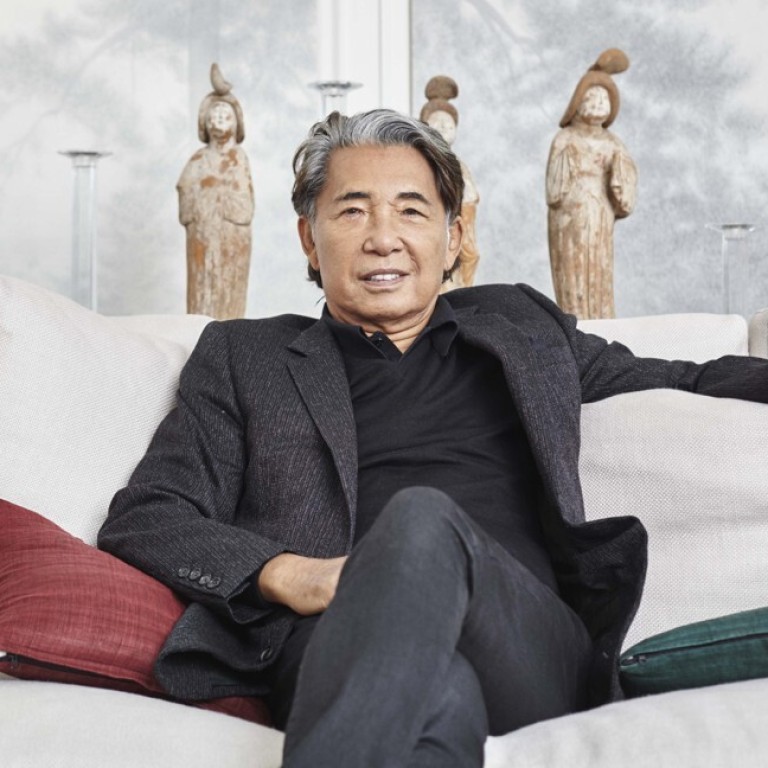
Fashion legend Kenzo Takada, in last interview he gave, looks back on his remarkable journey
- Takada, the first truly global fashion designer, reviewed his career, from arriving in Paris in 1965 to his last catwalk show in 1999
- Our interview coincided with the launch of a book that charts his life through sketches, photos and memories
The death of Japanese-French designer Kenzo Takada, following an infection with the coronavirus, happened smack in the middle of Paris Fashion Week, where the designer had long shown his vibrant collections before retiring in 1999.
This year, the event was toned down due to social distancing measures taken in the French capital; only a smattering of shows have taken place and most international editors and buyers couldn’t travel.
Last year, also during Paris Fashion Week, the Post interviewed the late Japanese designer at his apartment in the heart of the Left Bank of Paris. It was on the occasion of his 80th birthday and the publication of a retrospective book about his remarkable career.
In what was the last in-depth interview Takada gave before his death, the designer reminisced about his early days as a young man in Paris and his rare success as an Asian designer who rose to the top echelons of French – and global – fashion.
Five Asian fashion players consider Kenzo Takada’s legacy
Titled simply Kenzo Takada, the book is the brainchild of Paris-based Japanese lifestyle writer Kazuo Masui, a long-time friend of the designer – a pioneer whose mishmash of Eastern and Western elements earned him a global fan base.

Takada has lived in Paris for most of his adult life – 55 years, to be exact – and the story of his 1964 journey from Japan to Paris alone could be the basis for a novel.
In the lead-up to the Tokyo Olympics of that year, the city government razed the block of flats where Takada was living, compensating him to the tune of 10 months’ rent. He used the money to embark on an overseas adventure, travelling by ship to Paris, where he had planned to stay just six months. The sea voyage, from the port town of Yokohama all the way to Marseille, took almost two months.
“My teacher told me to go by ship so I could see different places,” says Takada when we meet in Paris during fashion week. “I started in Hong Kong, then Singapore, Saigon, Colombo, Bombay, Djibouti, Egypt, Spain, Marseille and finally Paris. “Every single place impressed me because it was the first time I had gone abroad, so everything was new to me.”
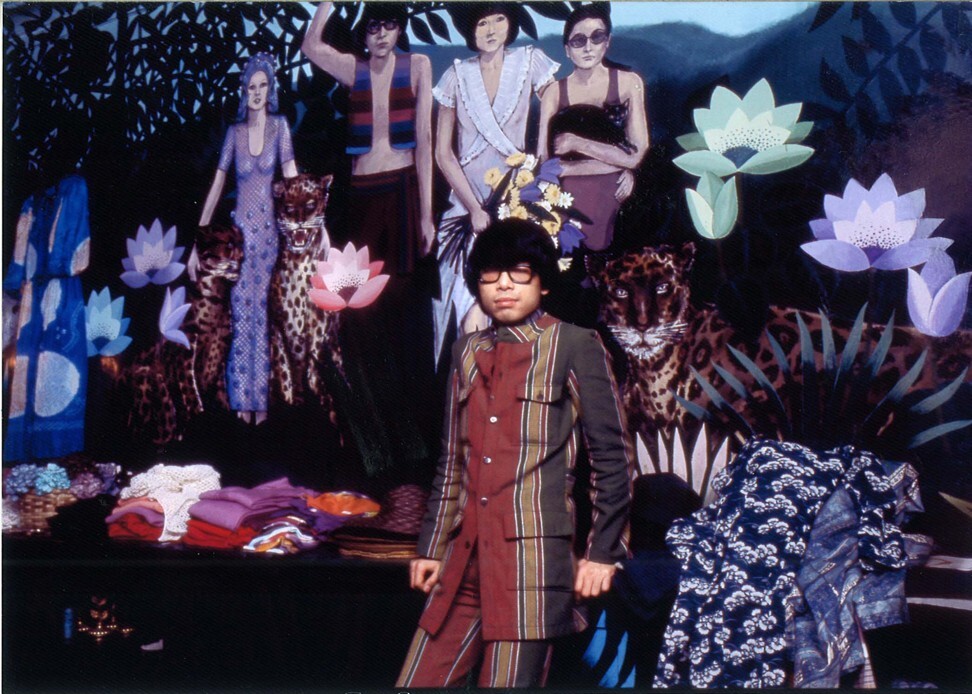
He vividly recalls the two days he spent in Hong Kong – his first stop-off. “Everyone back then was still wearing traditional Chinese clothing. I went up Victoria Peak because I had seen a movie with William Holden and Jennifer Jones that was set in Hong Kong,” he says, referring to the 1955 romance Love Is a Many-Splendored Thing. “I also had dinner on a boat in Aberdeen, and a friend of mine who lived there took me to see a disco where a Filipino band was playing. It was all very new to me.”
We meet in the bright living room of Takada’s flat on the Left Bank of Paris, a stone’s throw from venerable department store Le Bon Marché. Takada, who looks at least 20 years younger than his age, speaks fondly of his early struggles as a young Japanese man discovering Paris.
“It was winter and I had no money, and I would wander around the Champs-Élysées and Saint-Germain. I was staying near Place de Clichy in a tiny room that only cost nine francs per day,” he recalls.

“I didn’t even have a bathroom or a shower in my room and had to share. It was very hard. I was lonely and scared that I couldn’t work here, but then I started studying French at the Alliance Française. After the first four months, when spring started, I fell in love with Paris. Springtime was beautiful. All the cafes opened and I decided to stay.”
Takada also remembers his first Japanese meal in the City of Light. It was at one of the only three or four Japanese restaurants in Paris at the time, a small eatery called Takara on Rue Richelieu, near the Opéra.
Although he had studied fashion design, and worked for a fashion store in Tokyo, Takada never dreamed of making it as a designer in the world’s fashion capital, and admits he felt he wasn’t good enough to succeed in Paris.
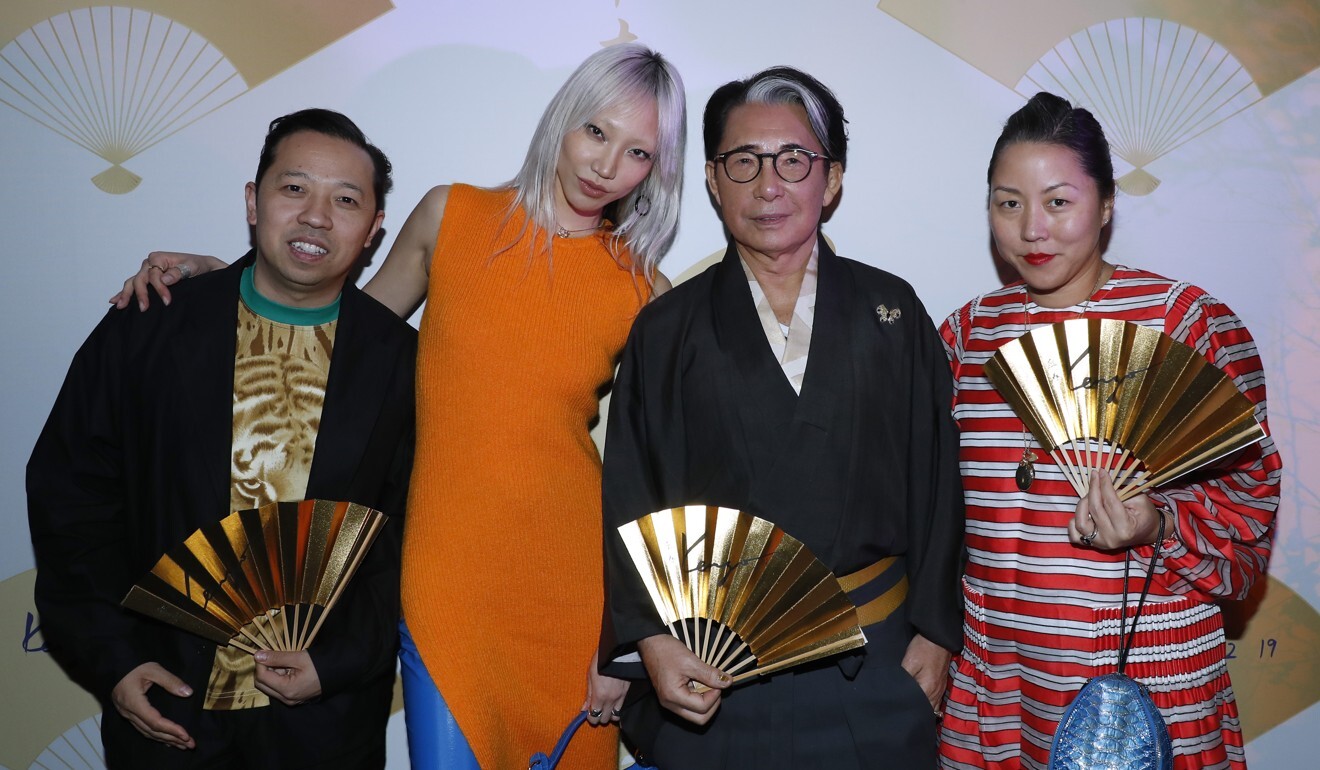
He was initially able to sell a number of his sketches to fashion houses, and then in 1970 decided to strike out on his own, operating out of a shop-cum-atelier inside the Galerie Vivienne arcade. He named it Jungle Jap, and it soon became a destination among the city’s stylish set.
“I decorated the shop myself with little money,” Takada says. “One of the first paintings I saw in Paris and fell in love with was a jungle painting by Henri Rousseau, and that was the inspiration for the shop. Back then shops like that were quite rare, but you still find independent shops like Jungle Jap now in the Marais, run by young people.”
The 1970s were a time of abundance for Takada, whose business boomed, making him the first Japanese designer to become a household name and build a brand of international stature.
“Every season I always had influences from many places in my collections,” he says. “When I opened my shop I thought that there was no point in me doing what French designers were doing, because I couldn’t do that. So I did things my own way in order to be different, and I used kimono fabrics and other influences. My big break was when Elle put one of my looks on the cover, and then my show in 1971, when international editors started to come.”


Although Takada’s success continued throughout the 1980s, the ’90s were a difficult time.
“The hardest year of my life was 1990, when my life partner Xavier died, and my business partner, who was Japanese, had a stroke and stopped working,” he says. “That’s why I sold the company to LVMH [in 1993]. I felt I couldn’t do it on my own and started having many problems. It was a very hard time for me so I thought that such a big company could solve things for my brand.”
Takada stayed at the label for a few more years. Then in 1999, when he turned 60, he felt it was the right time to retire.
He travelled around the world for about two years, and began to visit Japan and other parts of Asia regularly. He even bought a beach house on the Thai resort island of Phuket.
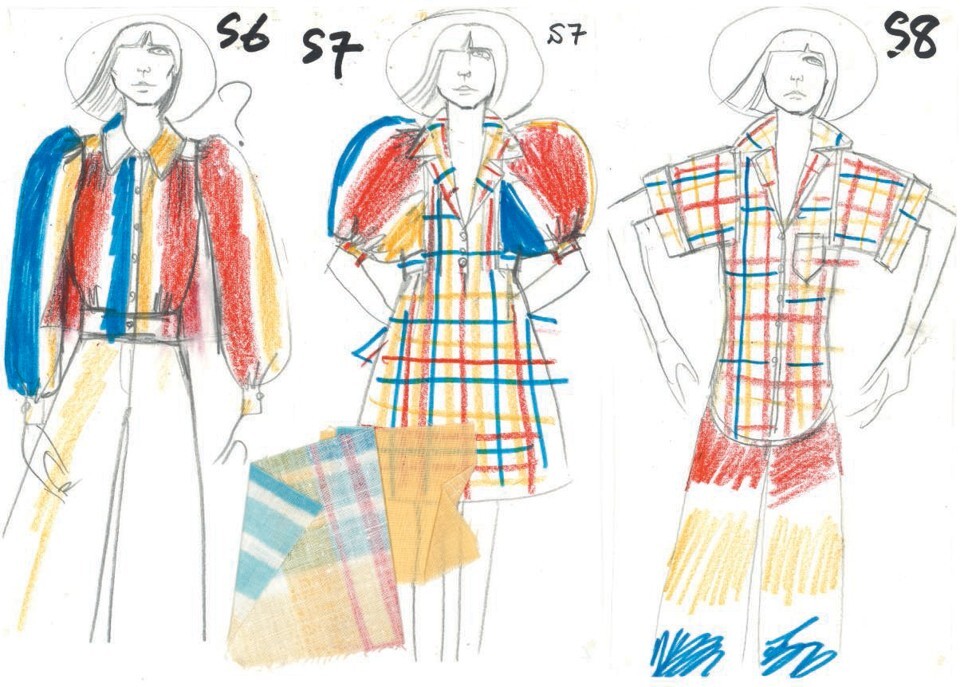
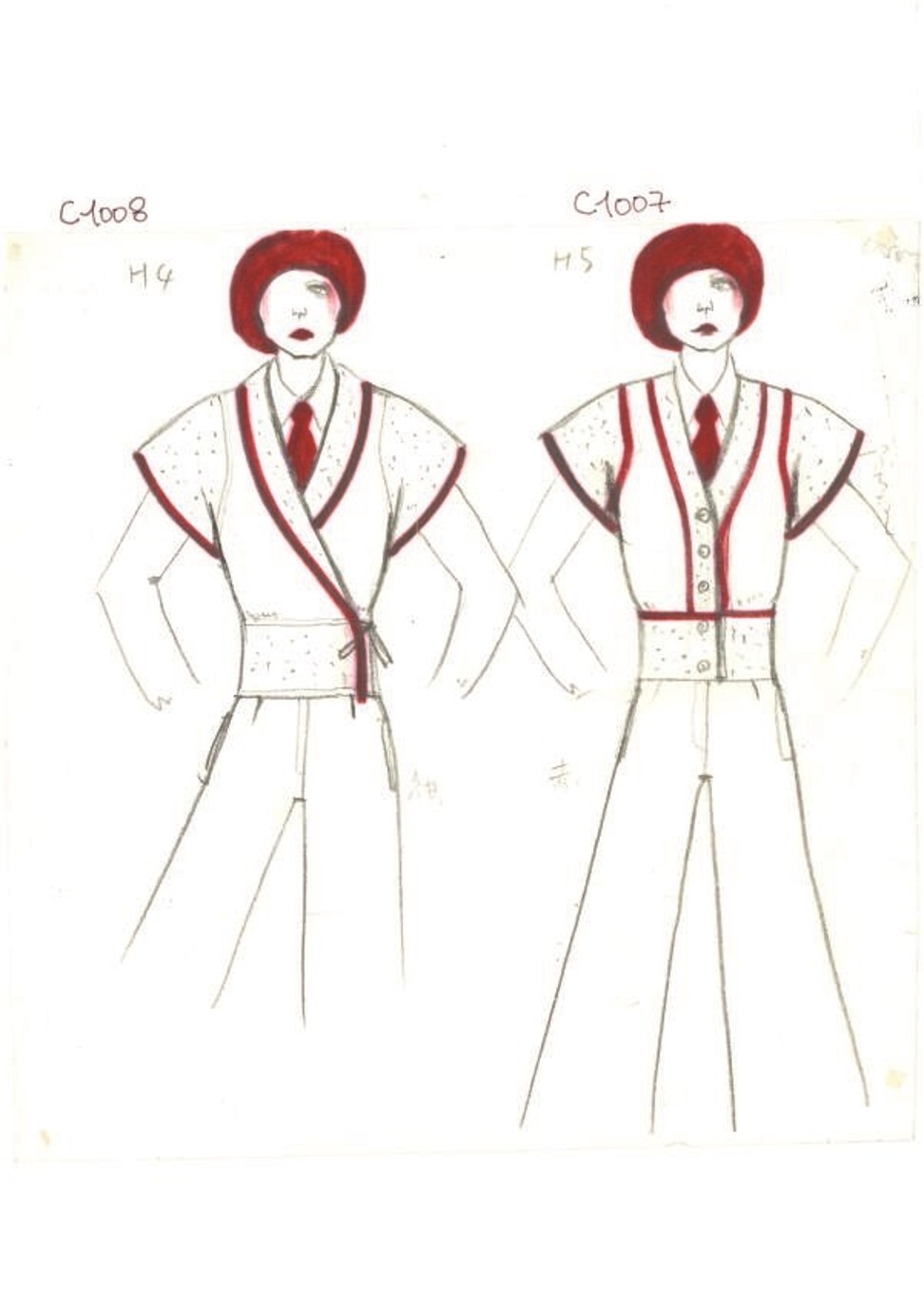
In the last two decades Takada has dipped his toes in a variety of projects. He has designed costumes for opera productions in Paris and around the world, and created the Olympic uniforms for the Japanese team in 2004. He created two fragrances with Avon and teamed up with Japanese eyewear producer Masunaga for a range of glasses. He also dabbles as a painter, and has had exhibitions in Paris and Moscow.
Although Takada still attends runway shows of the brand he founded, which is now led by Humberto Leon and Carol Lim, he rules out a possible return to fashion, a completely different industry from the one he stepped away from in 1999.
“Everything has changed, from the way we make clothes to the way information spreads and how many seasons there are now,” Takada says.
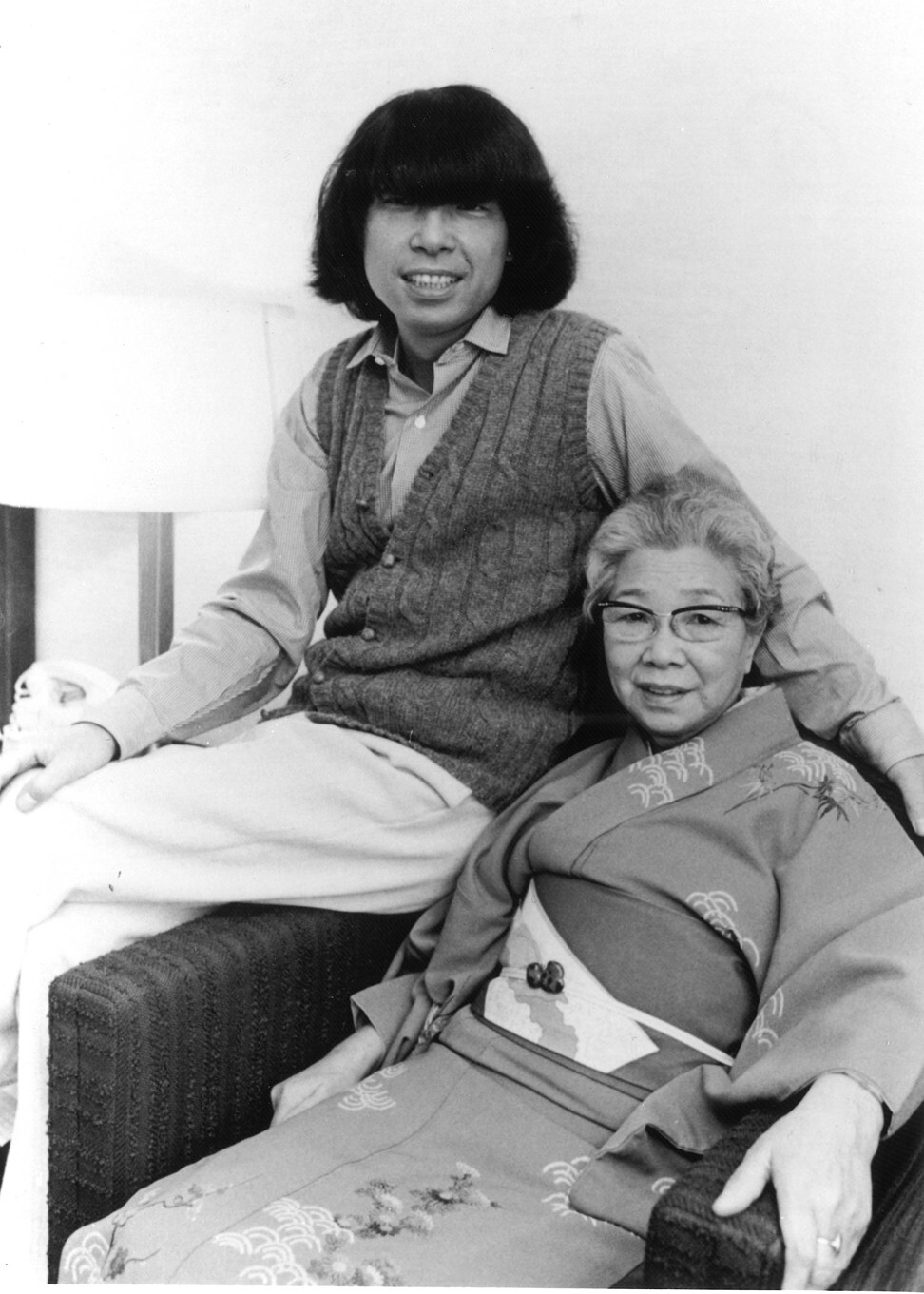
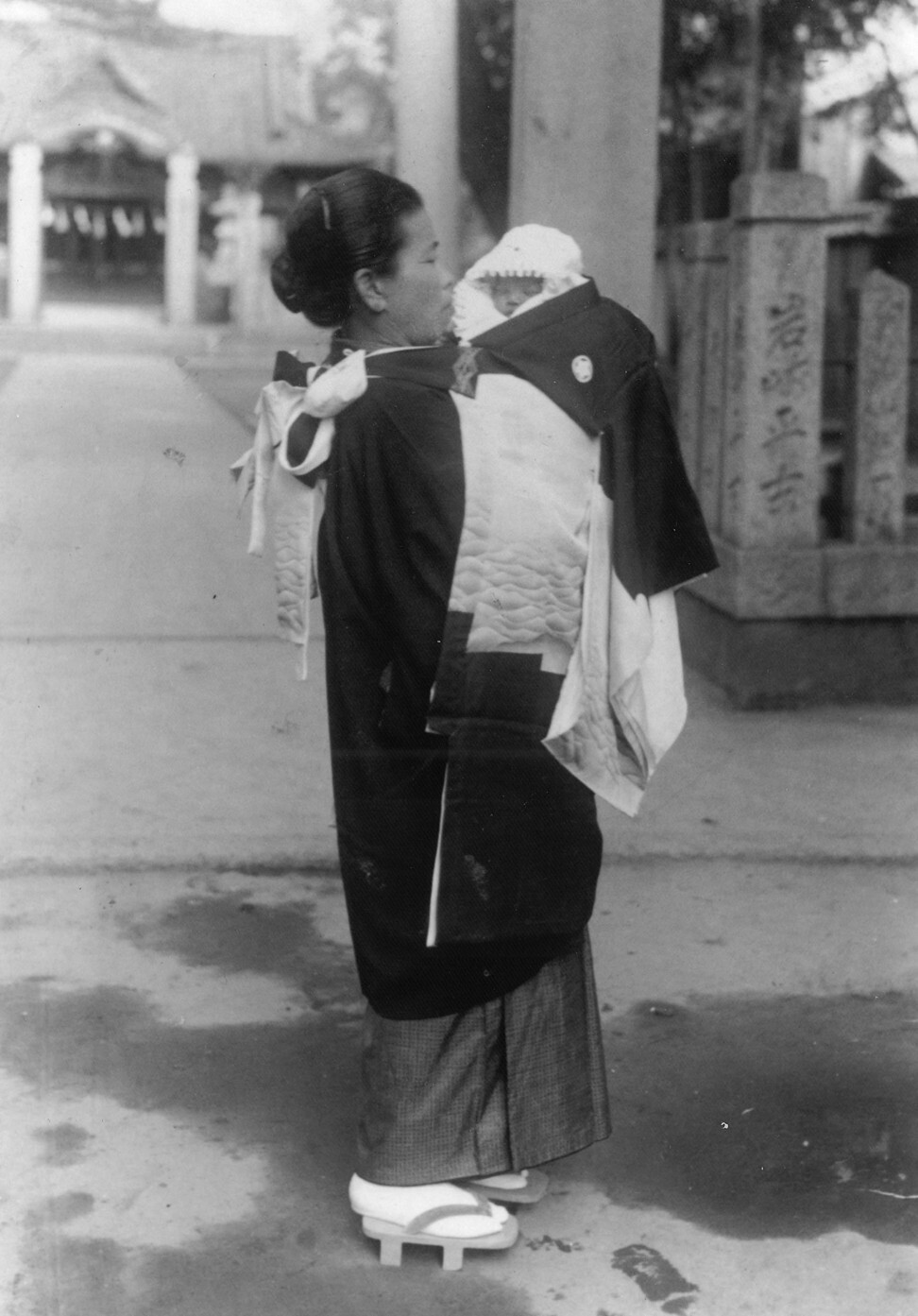
As for the label that bears his name, Takada could not be happier seeing people around the world clad in the colourful separates and logo sweatshirts designed by Leon and Lim.
“Kenzo the brand has changed very much … but I like that it’s really on the street,” he says. “I see young people wearing Kenzo all the time, especially Asians, all over the world. It makes me proud to see all these young people in Kenzo. I like the new design and the fact that young people love it.”
Masui – who has also spent most of her adult life in France – proposed the idea of the book to Takada 20 years ago, soon after the designer retired. Takada, however, had been reluctant to consent to the project because he felt nobody would be interested in seeing his sketches or learning about his life and career.
Reading the letters that a young Takada wrote to his mother soon after his arrival in Paris, and poring over his personal photos in the book, gives a sense of his remarkable journey and pioneering career as the first truly global designer of the 20th century.
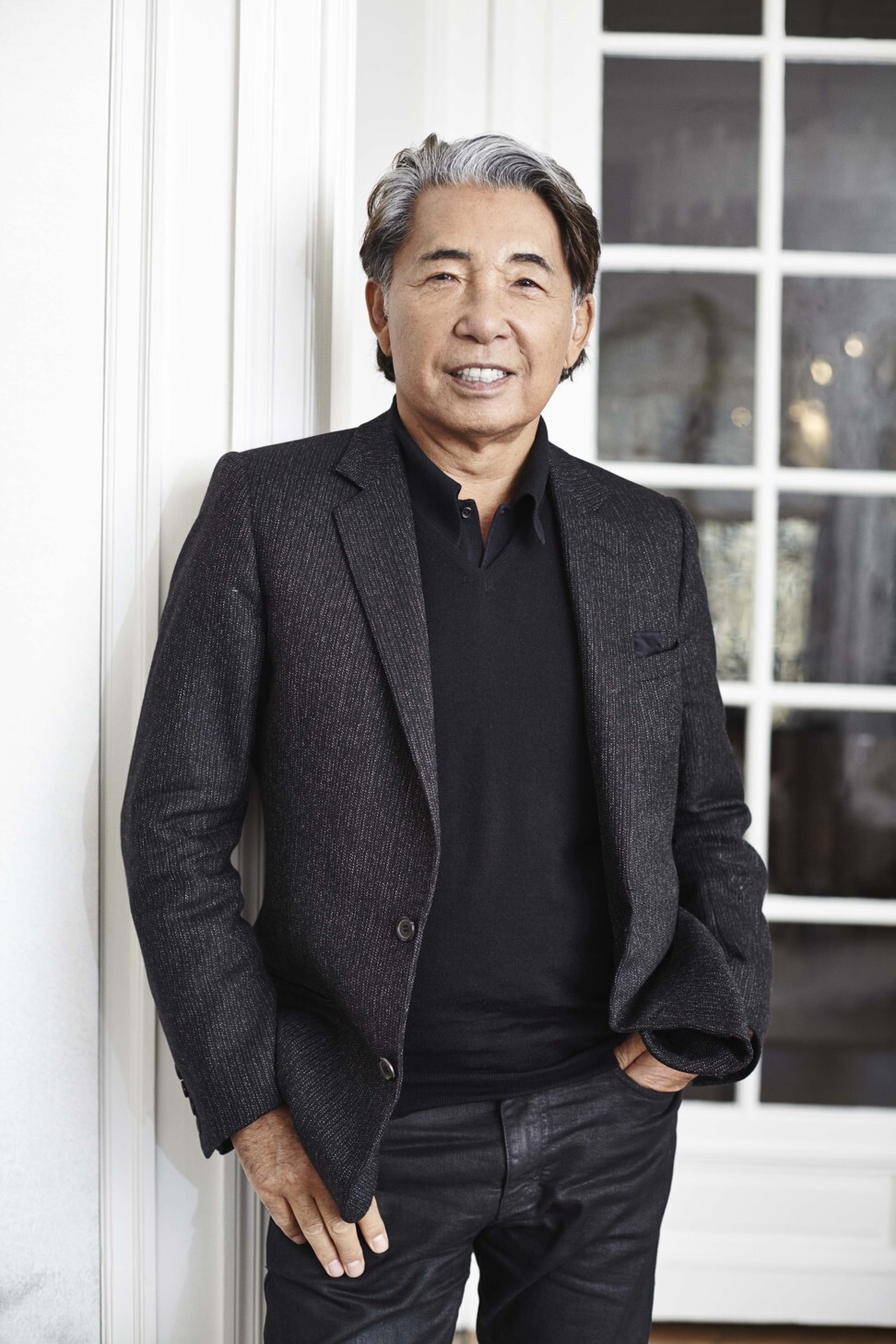
“I’ve been in Paris for 55 years, but I still consider myself 100 per cent Japanese,” Takada says by way of explaining his multicultural outlook. “When I go back to Japan it feels like home, and when I come back to Paris it also feels like home.”
Looking back on that fateful day he boarded the ship bound for Marseille, Takada sees that using the money he received from the Tokyo government to leave Japan was an excellent investment, beaming as he retires to his studio on a beautiful winter day in Paris.

